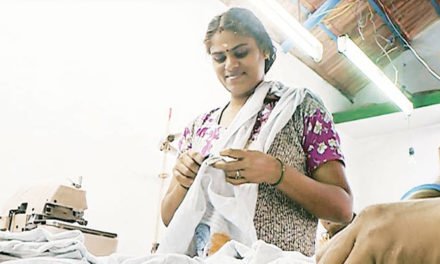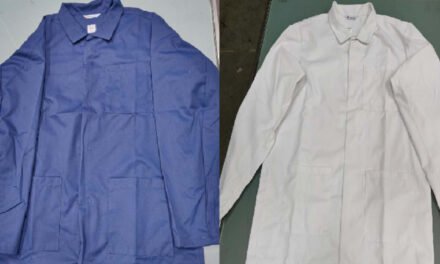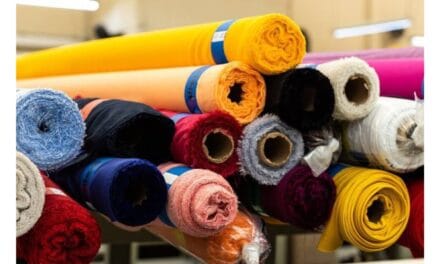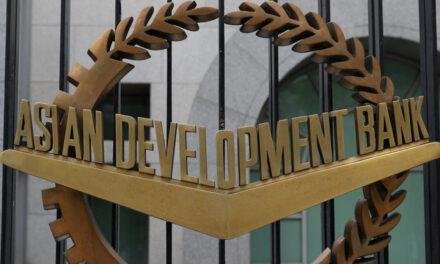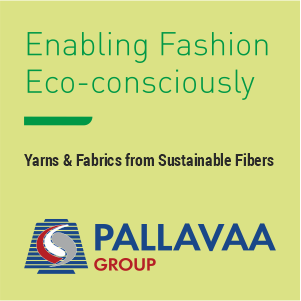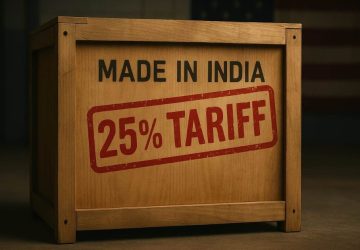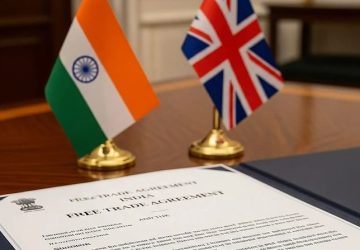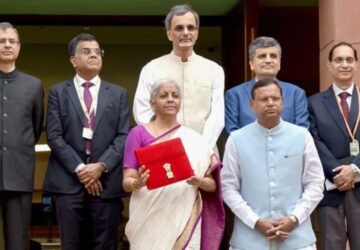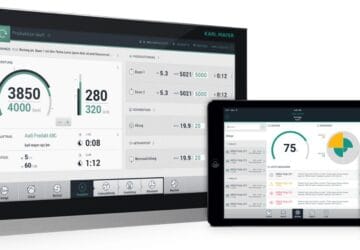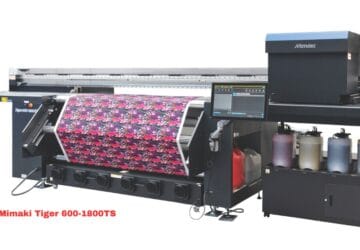
President Donald Trump’s decision to impose tariffs on all imports to the United States (US) gives India’s textile industry an advantage as its competitors like Vietnam, Bangladesh and China will face higher tariffs, experts say.
It may be further beneficial if trade negotiations lead to a zero duty on cotton imports. One major factor for Indian textile exports will be buyer sentiments in the US. “In the past, India, Bangladesh, and Vietnam faced similar tariff structures for cotton apparel exports. However, with the recent changes, India now holds a tariff advantage over these competing nations in comparative terms, potentially boosting its competitiveness in the US market for apparel exports,” said Prabhu Dhamodharan, Convenor of Coimbatore-based Indian Texpreneurs Federation, an industry association.
Vietnam’s textile export will face 46 per cent tariff, Bangladesh’s 37 per cent, and China’s 54 per cent, according to Trump’s announcement. According to US data on textile shipment and bill of lading data for 2024, China’s share in its textile imports was nearly 30 per cent at $36 billion. Vietnam came next with textile imports worth $15.5 billion (13 per cent share), and $9.7 billion by India (8 per cent share).
Bangladesh used to have a larger share in USA’s textile imports but political turmoil in 2024 saw its share dipping to 6 per cent at $7.49 billion. Total textile imports to the US in 2024 were $107.72 billion. Imports of clothing, which contribute to a majority of textile imports into the US, rose around 2 per cent to $79 billion in 2024 from $77 billion in 2023.
“If India reacts by withdrawing import duty on cotton from 11 per cent to 0 per cent, it will benefit both countries. Now the ball is in India’s court,” said K Venkatachalam, Chief Advisor, Tamilnadu Spinning Mills Association.
India’s Apparel Export Promotion Council (AEPC) has already approached the Ministry of Textiles seeking a ‘zero for zero’ duty policy on textiles and apparel. It believes that the government should reduce duties on textile products to zero per cent, which would prompt the US to apply the same tariff rate on Indian exports.
“India is well-positioned to expand its market share in the US, driven by this tariff edge. Ongoing trade negotiations may further enhance India’s position—particularly if India offers zero-duty import of cotton in return for sector-specific benefits in apparel exports. This move could prove to be a game changer for the industry,” Dhamodharan said.
Another advantage for India is that the textile sector contributes only 2 per cent to its gross domestic product, while for competitors Bangladesh and Vietnam, it is at 11 per cent and 15 per cent. “It all looks negative for the entire world, and short-term buying will slow down as they eat up their pipeline inventory in anticipation of relief as countries renegotiate tariffs with the US. However, if it all continues, the US will have to buy apparel, and relative to all major global textile suppliers (except the EU), we will be cheaper, and hence India will be the preferred destination for textiles and clothing sourcing,” said Sanjay Kumar Jain, Managing Director of textile producer TT Ltd.
According to an industry expert, companies like Trident, Welspun India, Arvind, KPR Mill, Vardhman, Page Industries, Raymond, and Alok Industries will be beneficiaries as their share of revenue from the US market ranges between 20 percent to 60 percent.


